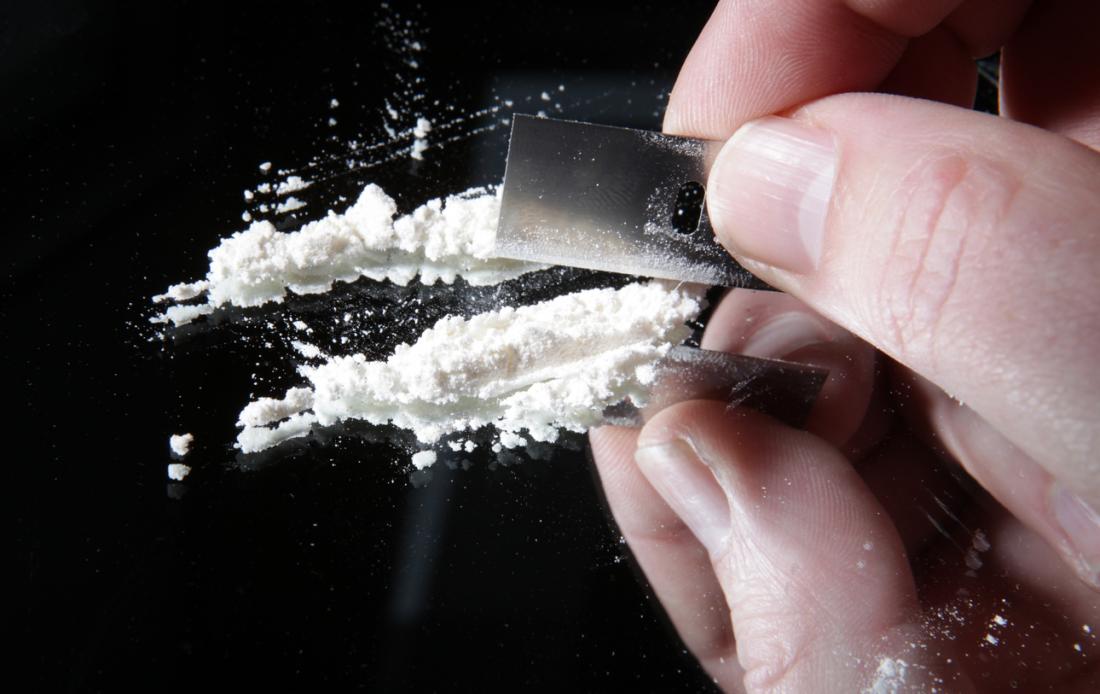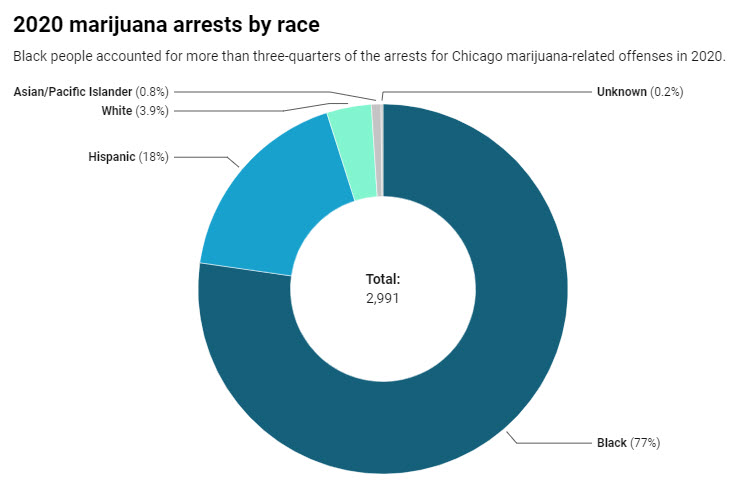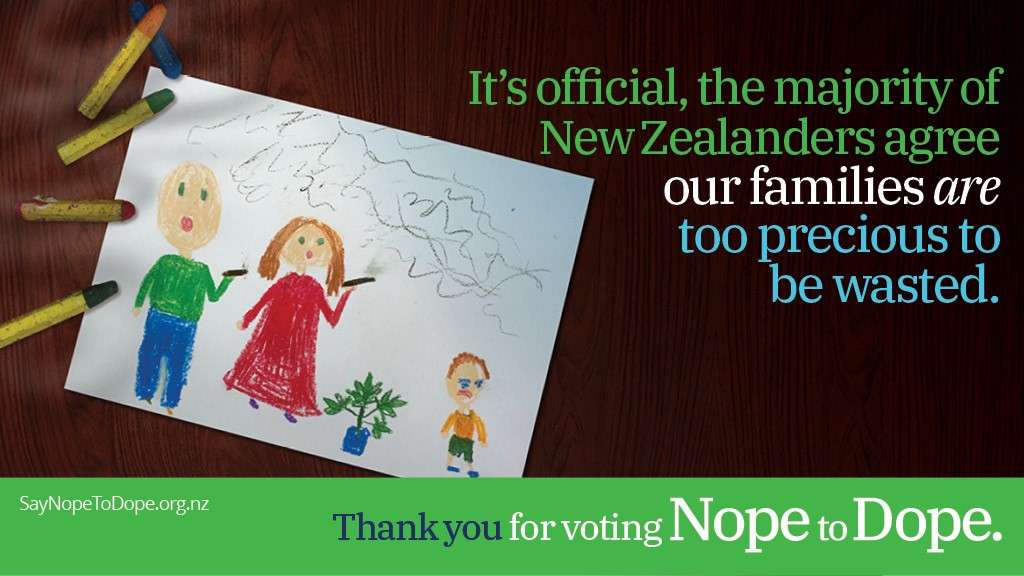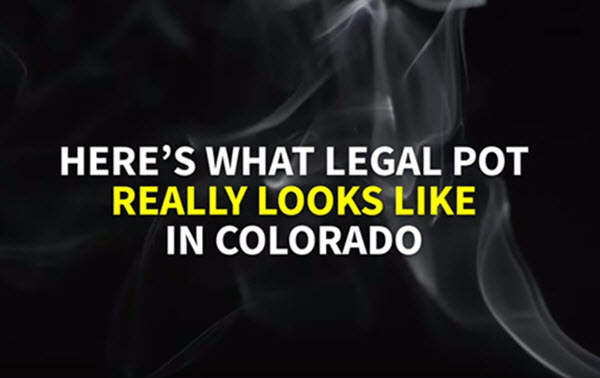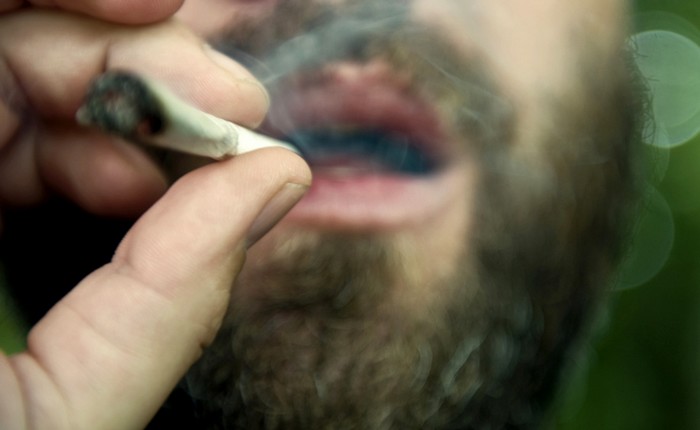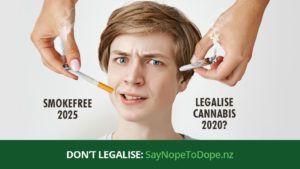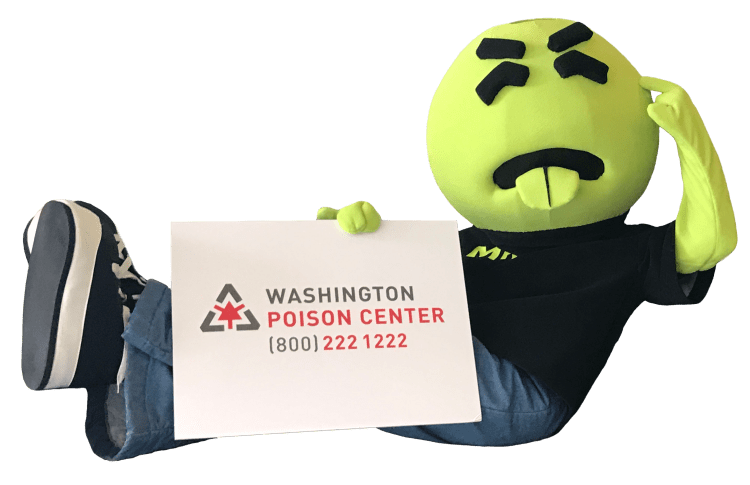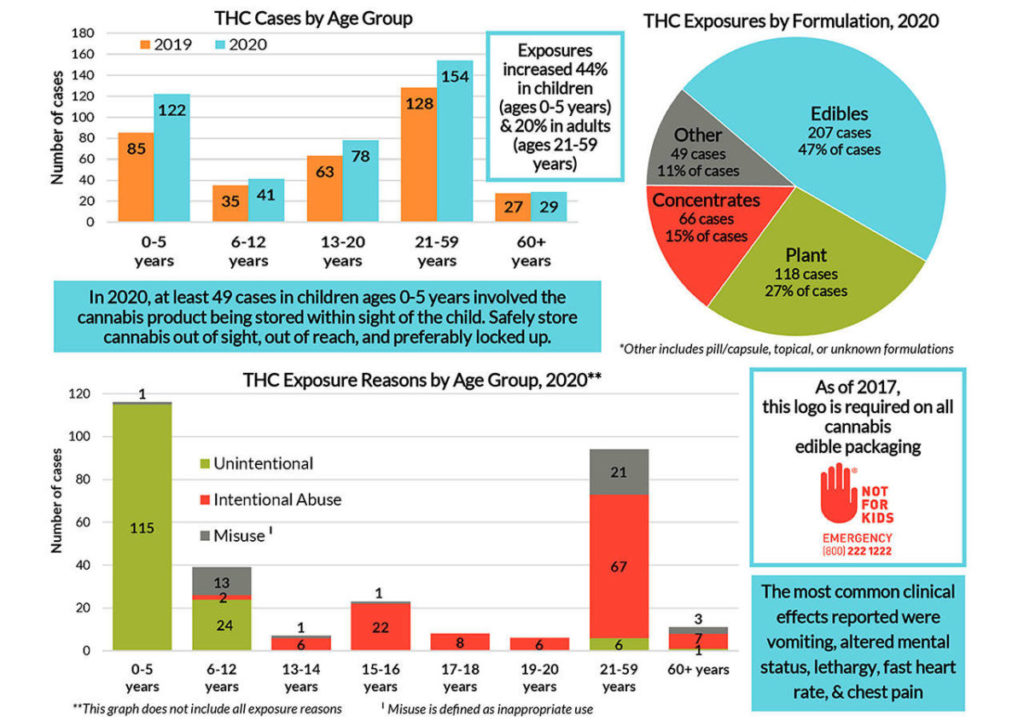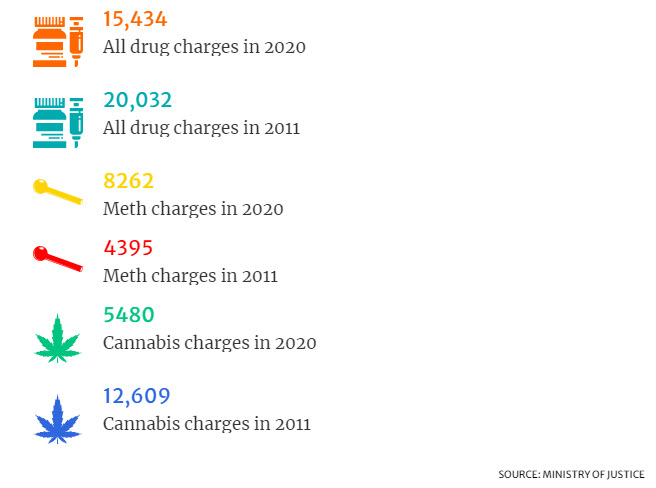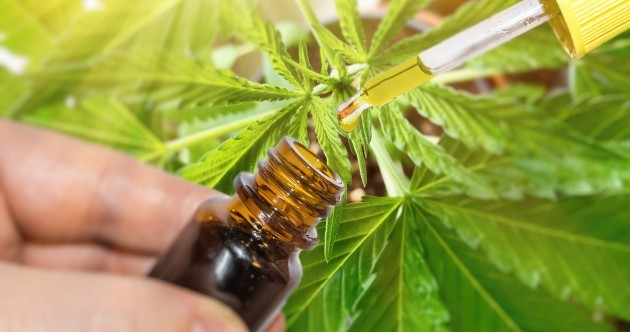
New Atlas 25 April 2021
A new study from researchers at Syracuse University is presenting results from one of the first placebo-controlled trials exploring the influence of CBD on sensations of acute pain. The mixed results suggest CBD may reduce feelings of unpleasantness, helping one tolerate pain more effectively despite not actually lowering the intensity of pain.
Cannabidiol, commonly known as CBD, is one of the most prominent active compounds in cannabis. Unlike THC, which is primarily responsible for the plant’s more psychoactive effects, CBD is non-intoxicating.
Over the last few years CBD has been touted as a treatment for everything from insomnia to cancer. The vast majority of the claims surrounding CBD’s medicinal uses are unproven and scientists are quickly trying to catch up and figure out what conditions this compound actually helps.
It is commonly suggested CBD is an effective and safe analgesic, but there is a distinct lack of robust clinical evidence backing up those anecdotal claims. A new study, led by researchers from Syracuse University, is offering one of the first placebo-controlled investigations into CBD’s effects on pain.
Instead of focusing on chronic pain sufferers, the new research was more interested in how CBD influences responses to acute pain, and how strong CBD’s placebo effect is in this context. Fifteen subjects were recruited for the study, and each subject completed four experimental sessions.
READ MORE: https://newatlas.com/health-wellbeing/placebo-cbd-pain-trial-results-syracuse/


